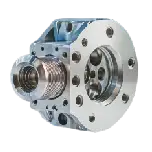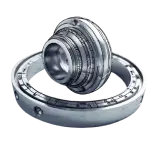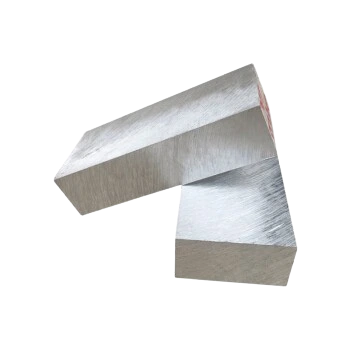Why Industrial Automation and Robotics Industry needs Mockup?
☑️ Design Verification and Optimization: Plastic and metal models can be used to create prototypes of mechanical components, helping engineers validate the feasibility and precision of the design.
☑️ Motion Simulation and Mechanical Testing: Through models, engineers can simulate the robot’s movements, testing its flexibility, stability, and joint accuracy, which helps optimize the mechanical structure. Models also allow engineers to test the assembly and calibration of each component early on.
☑️ Rapid Prototyping: Models allow engineers to rapidly create prototypes, test designs, and make improvements, thereby shortening the product development cycle and speeding up time-to-market for new products.
Industrial Automation and Robotics Industry Mockup Application
✅ Logistics Robots:
- Autonomous Forklifts: Models simulate warehouse transportation and stacking operations, testing the forklift’s navigation system, load capacity, and operational safety to ensure precise performance in automated warehouses.
- Palletizing Robots: Models simulate the handling and stacking of various materials, testing the robot’s gripping, handling trajectory, and stacking stability, ensuring efficient automated operation and improved productivity.
- Handling Robots: Models simulate object gripping, transportation, and placement processes. These models help test load capacity, movement flexibility, and adaptability in different spaces, particularly for high-speed, high-precision handling scenarios.
✅ Manufacturing Robots:
- Screwdriving Robots: Models test the robot’s arm precision, torque control, and collaboration with automated production lines. Models simulate the tightening process of screws with different specifications, ensuring efficient automation and reducing errors and defective rates.
- Welding Robots: Models simulate welding trajectories, control precision, and heat management to ensure welding strength and precision meet requirements. These models help optimize welding paths, reduce errors, and improve welding efficiency.
- Automated Inspection Systems: Models are used to test and simulate inspection processes, particularly in manufacturing. These models ensure the machines can accurately and quickly detect product quality and eliminate defective items.
✅ Machine Vision Systems: Machine vision system models simulate automated production vision inspection processes, such as barcode scanning, defect detection, and precision positioning. These models help optimize camera placement and vision algorithms, improving inspection accuracy.

We help from Prototyping to Production
At IDMockup, we deliver unparalleled speed and efficiency for product prototyping and production. Our on-demand manufacturing skills enable us to respond various customer demands and deliver top-notch manufactured parts and products within a short period of time.

Provide appropriate quotations and working days based on the needs and 3D drawings, samples and other relevant information provided by the customer.

Production begins after receiving the order. Our professional team will discuss and modify the 3D drawings with the customer.

Transfer the completed processing drawings to the CNC/3D printing machine for molding and monitor the production status

The finished parts will be surface-modified to the customer-specified appearance, and then assembled into the finished product.

Package the finished product properly and send it to the customer’s designated destination or deliver it to the customer within the delivery period.
Our Manufacturing Services
IDMockup offers top-notch manufacturing capabilities, whether for rapid prototyping or custom production orders. Our self-owned factories and satellite factories are equipped to efficiently produce complex, high-quality parts.

Achieve precise and intricate designs through milling, turning, and post-processing techniques, ensuring ideal results for both complex prototypes and functional metal or plastic parts.

It provides unparalleled precision, capable of cutting complex and hard metal materials, making it ideal for producing intricate and detailed parts.

The process of using silicone molds to produce high-quality plastic or rubber parts allows for complex designs and fine detail work. It is an ideal technique for small-batch prototyping or low-volume production.

Injected into the mold under low pressure and shaped, this process is ideal for mid-high-volume complex products. It offers low costs, material versatility, high strength, and cost efficiency, suitable for plastic parts.

Rapid tooling creates molds for mid-scale production. It offers the advantages of low development costs and short production times, extending the benefits from the R&D stage to the production phase.

Aluminum extrusion and die casting are the keys in manufacturing. Extrusion is ideal for producing long parts, ranging from simple to complex shapes, while die casting is suited for mass production of high-precision, intricate parts.

Fast and versatile, this method quickly produces complex geometries from various materials, making it ideal for innovative designs.

By accurately capturing the physical dimensions and geometry of an object, it can be converted into a digital model for redesign, modification, or replication.
CMF Options

We provide a wide range of materials, including metals, plastics, and composites.

We offer superior surface finishes that enhance part durability and aesthetics for applications requiring smooth or textured surfaces.
👉 For more about our latest news, technology and equipment, please follow our official Facebook, X (Twitter) and official blog!























